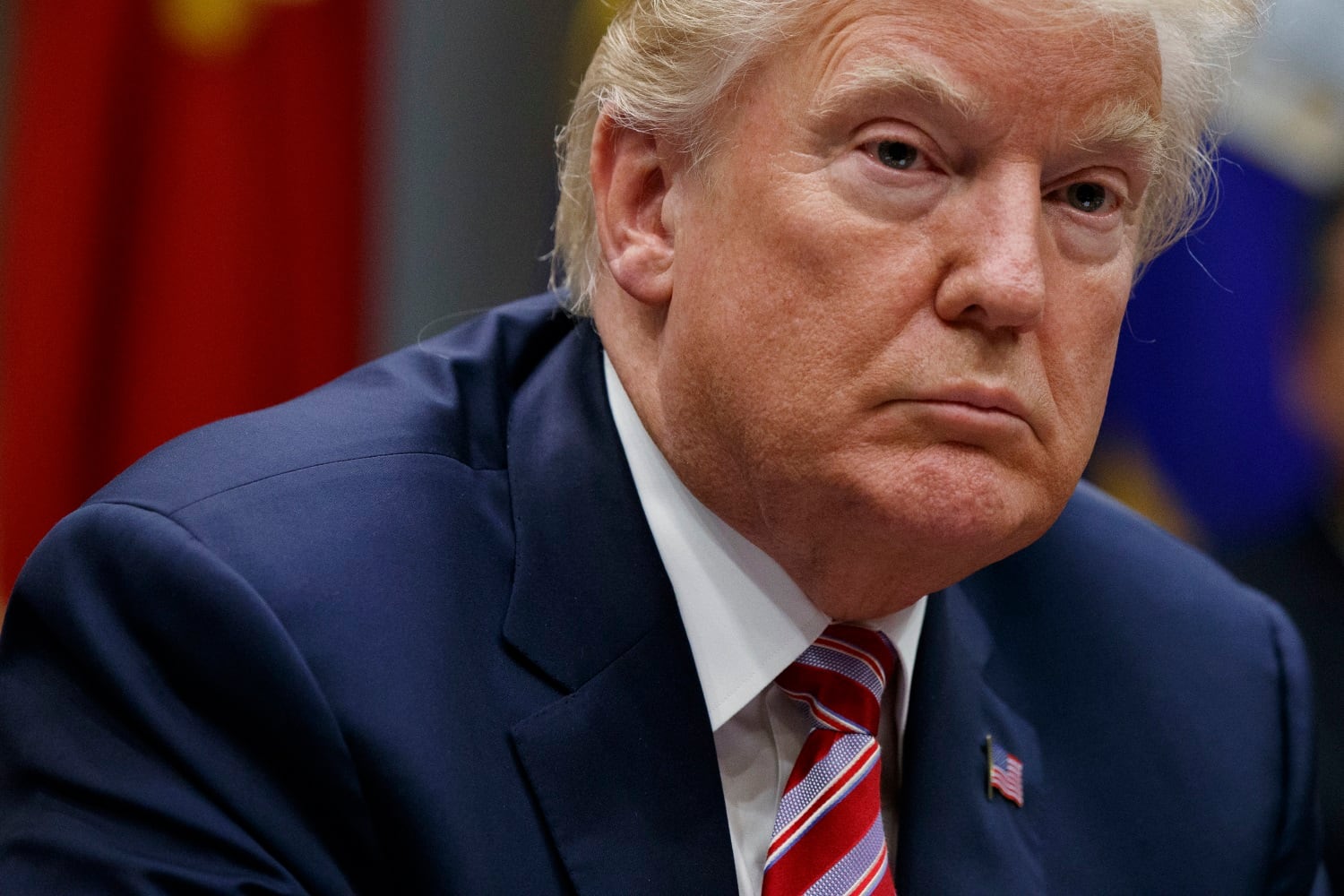SEOUL, South Korea – Along the demilitarized zone that separates North and South Korea, little has changed between the soldiers manning both sides of the iconic border, even if the international rhetoric around them has changed substantially.
“We still pass messages,” said one U.S. Forces-Korea official who spoke on the condition of not being identified, referring to the way that North and South Korea have kept a line of communication open, not only in this most recent time of tension, but also in previous decades.
It’s one of the odd qualities of the highly symbolic DMZ, which has elements in place to try and maintain the peace between North Korea and South Korea, even as both sides seem to edge toward conflict. While the Joint Security Area at the DMZ and its famous blue meeting houses doubles as a stopping point for educational tours and can be a place for family reunification, it’s also a sensitive military checkpoint, one that President Donald Trump has said he will not visit during his stop in Seoul on Tuesday.
It’s also previously been the scene of successful communication between the two sides, even after highly publicized security incidents.
“There’s a way to talk on the phone, there’s a way to pass a message over bullhorn and then there’s the buildings there, the blue buildings, one, two and three, to actually come into those meeting rooms. The 05-level [Lt. Col to Lt. Col-level) talks that happened earlier this year happened in one of the blue buildings,” the official said in late October to reporters traveling with Joint Chiefs chairman Gen. Joseph Dunford in South Korea. In the blue meeting house visit this year, officials from North Korea and South Korea met in order to resolve the repatriation of some remains.
In recent years, the two governments have been able to successfully resolve getting lost fishermen home, returning remains found in the water and repatriating remains from the Korean War, the official said, despite previous escalations.
RELATED

“This isn’t the first time we’ve been in a heavy provocation cycle,” the official said. “There’s been loss of life on both sides ― whether it’s the sinking of the Cheonan, to the ax murder, to the Pueblo,” the official said, referring to North Korea sinking the South Korean warship Cheonan in 2010; the seizure of the U.S. Navy research vessel Pueblo in 1968 and the ax murders of two U.S. military officers by North Korean troops in the Joint Security Area in 1976.
Each time however, the official said, there’s been “an incredible ability to retract from a heightened state of readiness or military capabilities and come back.”
Army Command Sergeant Major John Troxell, the senior enlisted adviser to Dunford, went to the DMZ during the chairman’s trip to Seoul, to see for himself what the tension on the border was like, given the heated rhetoric between the U.S. and North Korean governments.
Troxell elected to visit South Korean troops at a portion of the DMZ away from the blue houses to get “an unfiltered look on the North Koreans,” he said. “What was their demeanor, what was their disposition, what was their posture in the height of all this rhetoric at the lowest tactical level.”
What he found was that “their [North Korean] patrols did not seem like they were in any more enhanced readiness than what they normally are.”
There are an estimated 750,000 North Korean troops along the DMZ out of North Korea’s estimated 1.1 million man and woman force, Troxell said. “But we haven’t seen them do combined arms maneuvers in 20 years. They fire about five to 10 rounds out of their rifles a year,” and he estimated that many of the soldiers are not in optimal health, he said.
He did see some changes on the South Korean side, in response to an August 2015 incident where North Korean forces were able to infiltrate the brush within the DMZ and place a mine that maimed two South Korean soldiers.
“I wanted to see how they had recovered from this, what they had done to better prepare themselves for potential infiltrations of North Korean special operations forces,” Troxell said. “They cut back all the foliage from around their guard posts and the gates to get into the DMZ,” and added better cameras, he said.
“Now they have clearer fields of view, clearer fields of fire,” Troxell said.
Even though the DMZ has previously had successful interactions between the North and South, the U.S. Forces-Korea official said that the exchanges have dropped off of late.
“It’s not often anymore,” the official said. “If their [North Korea’s] capability to meet their rhetoric is going up, the talks have been on a downward trend.”
It’s still worth trying though, the official said.
“It’s not as clean or as effective as you want and perhaps the response doesn’t come back the way you want to even at all,” but they still try to pass messages, the official said.
Tara Copp is a Pentagon correspondent for the Associated Press. She was previously Pentagon bureau chief for Sightline Media Group.
